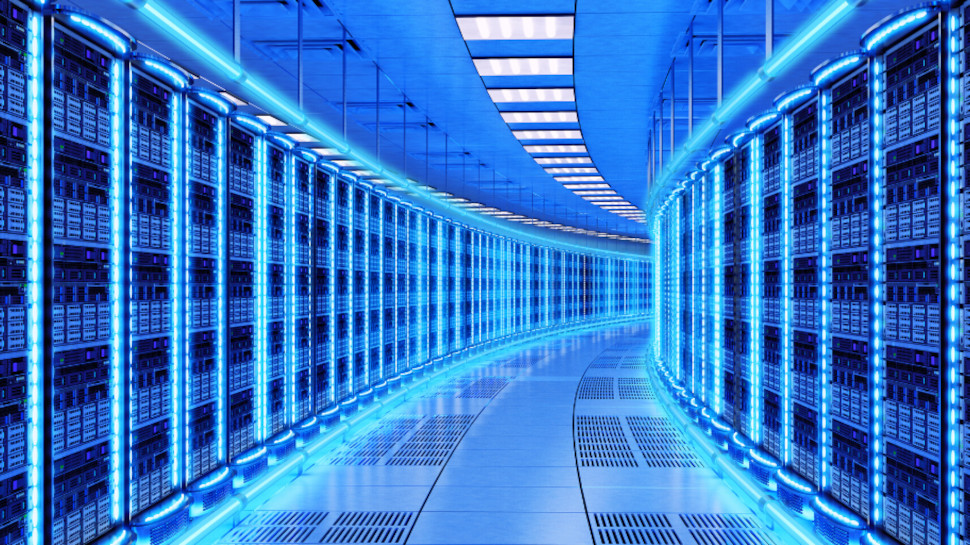Ammonia could power the data centers of the future
Fujitsu will put its computing might to work on sustainable ammonium

Burning ammonia could help power data centers worldwide, however doing so with current ammonia production technology could leave a catastrophic carbon footprint - a fact Fujitsu believes it can change.
Fujitsu is working with Icelandic start-up Atmonia, providing high-performance computing and AI muscle to support its research into producing sustainable ammonium.
Access to high-performance computing is one area in which Fujitsu is definitely not lacking; the company operates the Fugaku supercomputer, currently considered the second most powerful worldwide.
How will the partnership work?
The Icelandic firm will use Fujitsu's computing might for uncovering new materials and catalyst candidates for ammonia synthesis. Fujitsu Research senior director Surya Josyula told the Register.
Atmonia announced in April that it has been conducting research on new methods to produce ammonia by only using water, nitrogen from air, and clean electricity.
Atmonia aims to further expand and improve the efficiency of its research in catalysts for ammonia production by conducting various tests to simulate chemical reactions using quantum chemical calculations.
You can see why so much effort is being placed into making ammonia production less environmentally harmful.
Are you a pro? Subscribe to our newsletter
Sign up to the TechRadar Pro newsletter to get all the top news, opinion, features and guidance your business needs to succeed!
The Haber-Bosch process, where nitrogen and hydrogen are converted into ammonia, reportedly accounts for around 1% of global annual CO2 emissions, more than any other industrial chemical-making reaction.
However, if sustainable ammonia could be used to used to power data centers it could go a long way toward reducing IT's carbon footprint.
Data centers currently use nearly 1% of global electricity demand or 0.3% of all global CO2 emissions, according to research from the International Energy Agency.
"Retrofitting the industrial process to use hydrogen sourced from electrolysis of water is possible," said Atmonia in the April announcement. "However, this is a more energy intensive route and does not fit well with the intermittent nature of renewable sourced electricity (such as solar/wind) as the Haber-Bosch process requires a continuous source of hydrogen to maintain operation of the downstream processes, which in turn requires uninterrupted source of electricity."
- Want to run scientific workloads in the cloud? Check out our guide to the best cloud hosting
Will McCurdy has been writing about technology for over five years. He has a wide range of specialities including cybersecurity, fintech, cryptocurrencies, blockchain, cloud computing, payments, artificial intelligence, retail technology, and venture capital investment. He has previously written for AltFi, FStech, Retail Systems, and National Technology News and is an experienced podcast and webinar host, as well as an avid long-form feature writer.